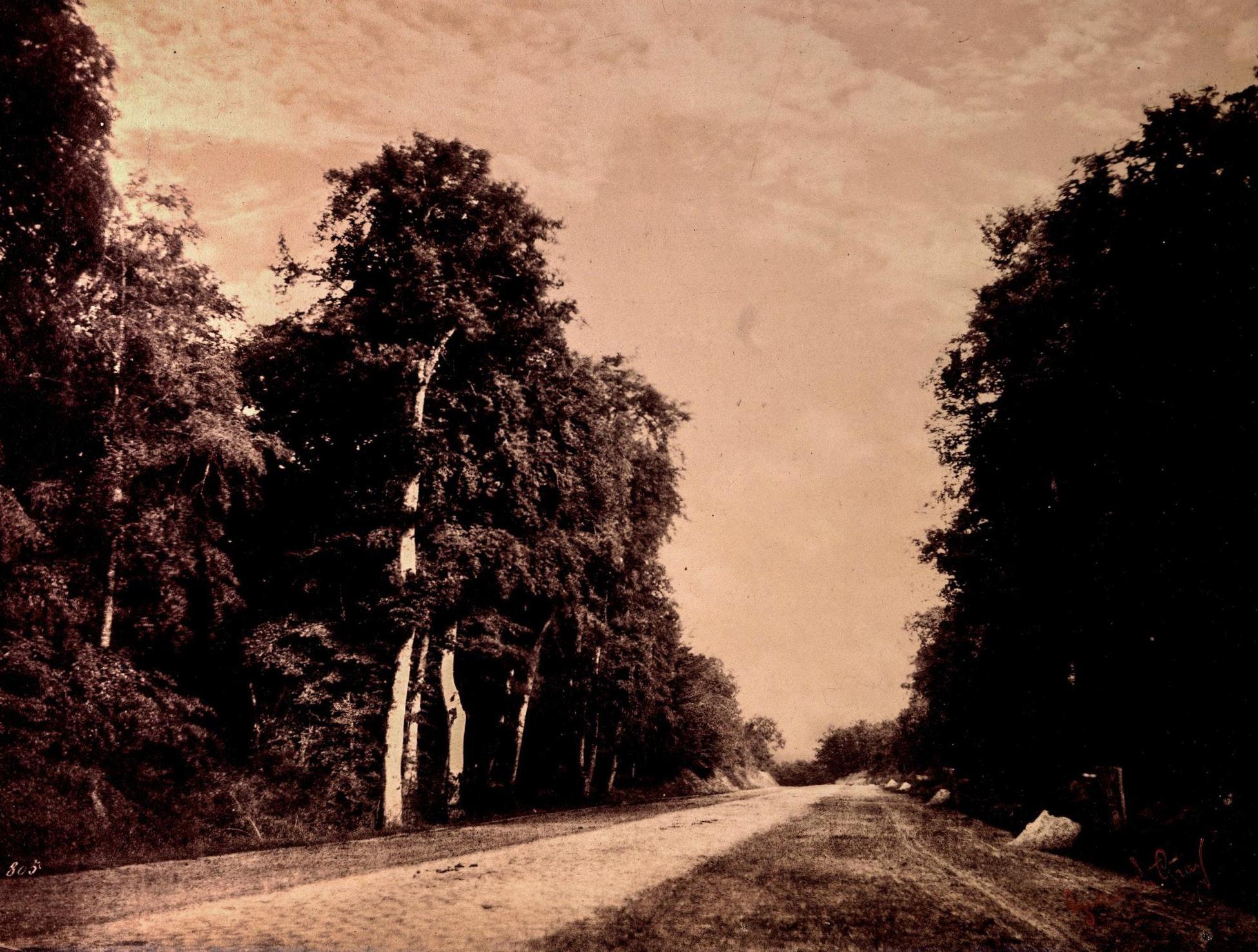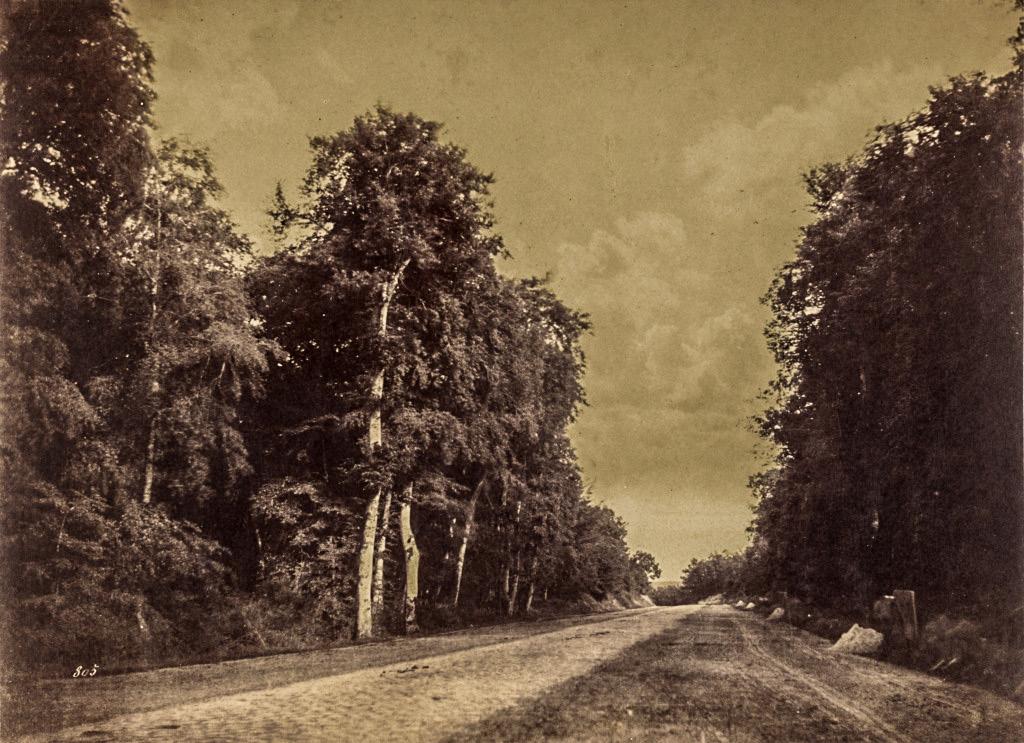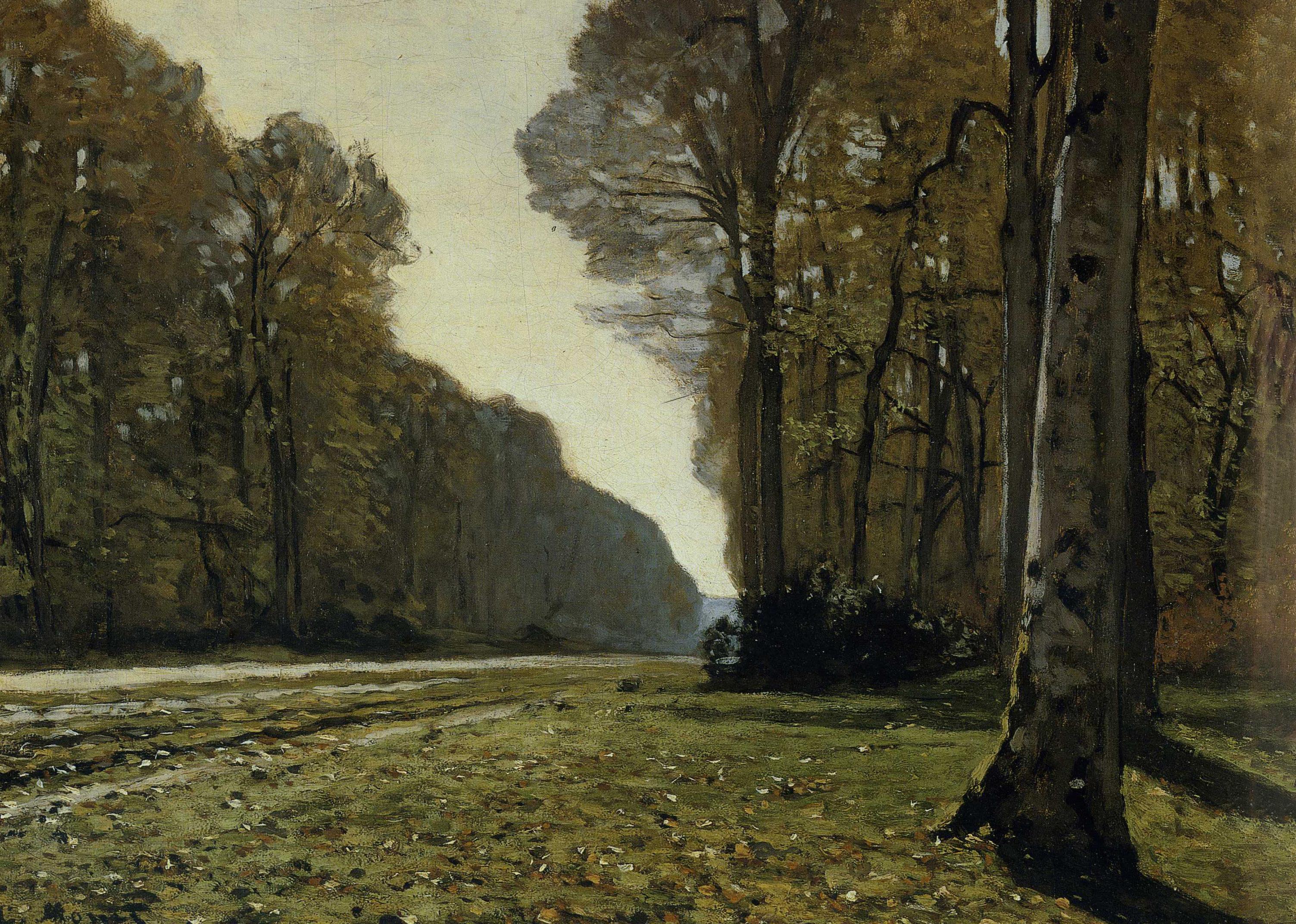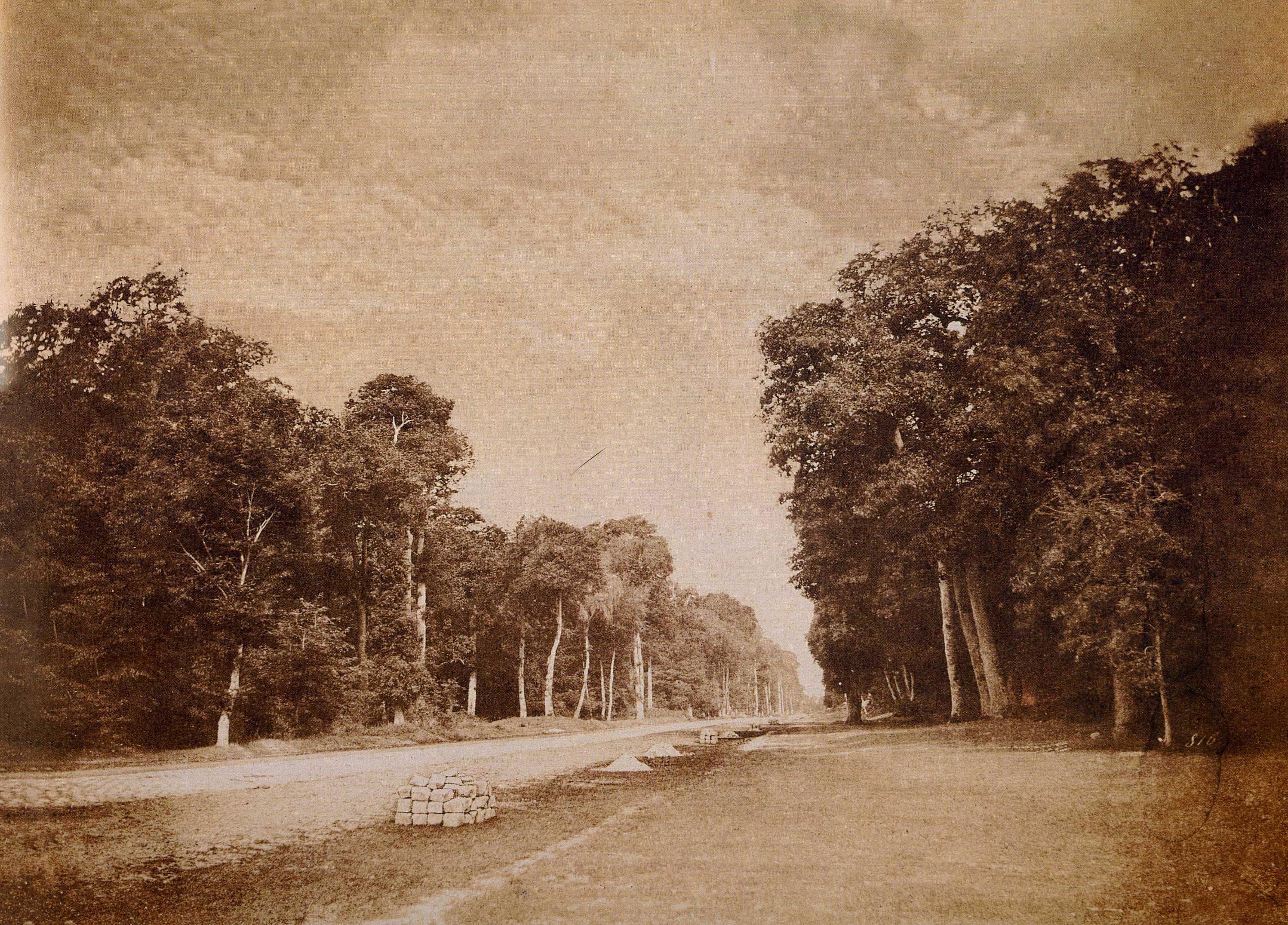
6 minute read
Gustave Le Gray
“Since its first discovery, photography has made rapid progress, especially as regards the instruments employed in its practice. It now remains for the artist to raise it to its proper position amonge the fine arts”
Gustave Le Gray. 1820 - 1884
Advertisement
13
Gustave Le Gray.
Described by Sylvie Aubenas as “a novel”,(2002, p12), Gustave Le Gray’s life can be split into two distinct periods. Firstly, in Paris with his family, before deserting them in 1860, to run from his creditors. Travelling around the Mediterranean until his death in Egypt, in 1884, never having returned to France. Le Gray was an accomplished photographic teacher, with several influential students, among them Maxime Du Camp and Henri Le Secq, who would become leading photographers in their own right. As an author, he also wrote several of treatises on photography explaining his methods and development of Fox-Talbots calotype process. He studied painting under the well-known artist, Paul Delaroche, unfortunately as none of his canvasses has been identified we will never know of his talent, though he often introduced himself as a painter. Fortunately, for the photographic world, many of his prints and negatives remain to attest to his skill as a photographer. Writing in the introduction to ‘A Practical Treatise on Photography Upon Paper and Glass’ dated 1850, he says,
“The future and extensive application of this art will doubtless be confined to the paper process…. The negative proof on glass it is true, is finer but I think it is a false road, and it would be much more desirable to arrive at the same results, with the negative on paper”.
In this statement, he mentions the word ‘art’, showing how important this fact is to him. In his treatise, Le Gray discusses the developments he has made to the work of William Henry Fox-Talbots calotype process by the
14
application of wax to the paper to improve the image. He also mentions the production of glass negatives, so while he was promoting the paper negative as the future of photography, he still seems to accept that the glass negative was a viable process. The first person to write a biography of Le Gray was Léon Maufras, (Aubenas. p18), he describes how Le Grays initial interest in photography, specifically the process newly invented by Daguerre, required him to learn chemistry. He says,
(Maufras) The information included in his treatise shows his talent as an innovator and how he seems quite open about sharing his ideas. As Aubinas says, (p22), he was both, “...the artist and the scientist...”. His development of the wax coated negative is undoubtedly a great step forward in photography, allowing photographers to produce numerous sensitized sheets prior to departure on a photoshoot. He used this to his advantage when in 1851, he was appointed a Mission Héliographique by the French Government. Along with four other photographers, Edouard Baldus, Hippolyte Bayard, Henri Le Secq and August Mestral, all members of the first photographic society, the ‘Société Héliographique’. were each assigned a specific region of the country, to photographically record the historical monuments of France. He was given the area to the South-West along the Loire Valley and Dordogne. In his treatise, he notes how delicate the glass negatives were, which would have hampered him in his assignment. Using his waxed
15

Gustave Le Gray. The Road To Chailly, Another Cloudy Sky. 1856. Albumen print from waxed paper negative (landscape), and a collodion glass negative (sky). V&A Museum. Gustave Le Gray. Route de Chailly, Fontainebleau. 1856. Albumen print from paper and glass negatives. Getty Museum.
paper negatives, which were much easier to transport, he produced some impressive images of the many churches along his route. His numerous photographs of Carcassonne show how it looked before its restoration. As exceptional as these photographs are, his most popular images are undoubtedly his seascapes of Le Havre and the Mediterranean coast. Several of these images plus a number of photographs of Fontainebleau Forest have been improved by the addition of clouds. He achieved this by combining a base negative, of either, paper or glass with a collodion negative of clouds. It is unclear who was the first to use this method, though it is known that Hippolyte Bayard, one of the members of Société Héliographique and the Mission Héliographique, had also used this process. The two images taken in Fontainebleau Forest entitled ‘The Road to Chailly, A cloudy Sky’, and ‘The Road to Chailly, Another Cloudy Sky’, clearly reveal that Le Gray has used different sky negatives to create these photographs. They are both created from the same waxed paper base negative, but he has used different collodion glass negatives for his sky. This manipulation of his photographs strengthens his

16
desire that photography is considered an art. Instead of recording the scene, he has used his imagination to improve the photograph as an artist would with his canvass. Le Gray was part of the Pictorialism movement, whose followers believed that photography should be more artistic in its approach, similar to that of painting. According to Martin (2010, p.1) a statement by Henri de la Blanchère, a former student of Le Gray, advocates sacrificing detail to enhance specific elements in an image,
“Sacrifice, eliminate all these details, wipe away your thousand insignificant nothings, and you will have a whole that is truly artistic, truly satisfying”.
The calotype process used by Le Gray and Blanchère tended to produce images that were less sharp and detailed than that of the daguerreotype, and whose proponents derided this statement, associating it with ‘le flou’. Le Flou a specialist term used in painting to describe the way an artist alters his brushstrokes to blur a part of the painting for effect, became a derogatory term when applied to the pictorialism style of photography. The imaginative techniques of the pictorialist photographers employed were a derided as a defect, as opposed to a choice by the photographer.
This sacrifice of detail for aesthetic reasons may have had an influence on the later ‘Impressionist’ painters. Barthélémy Joubertcompares Le Gray’s image The Road to Chailly, Another Cloudy Sky, with Claude Monet’s
17

painting The Road to Chailly (Forest of Fontainebleau), ca. 1865. He believes that even though both artists stood on the same spot to create their pictures, it seems unlikely that they met there. Gustave Le Gray was no longer in France when Monet painted his piece. It is probable though that Monet was acquainted with Le Gray’s work. While
Claude Monet. The Road to Chailly (Forest of Gustave Le Gray. The Road to Chailly, Another Fontainebleau). ca. 1865. Musée d’Orsay. Cloudy Sky. 1856. V&A Museum. this may be just a coincidence as The Forest of Fontainebleau was a popular area for artists, Le Gray considered himself an artist as well as a photographer and his circle of acquaintances extended into the world of art. Photographers have often been inspired by paintings and though no documentation exists in this case, artists like the impressionists may have been influenced by photography, and it may be just another coincidence, but the first ‘Impressionist’ exhibition was held in 1874, on the site of Gustave Le Grays old studio in Paris.

18
19
20




